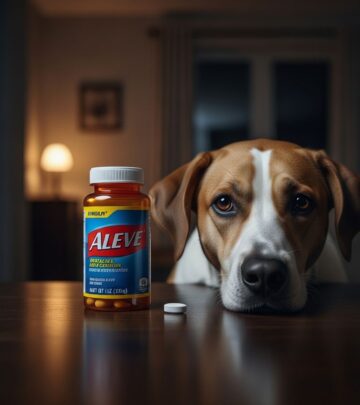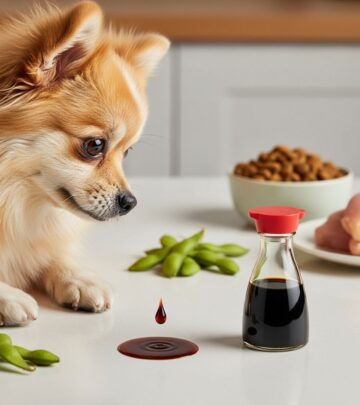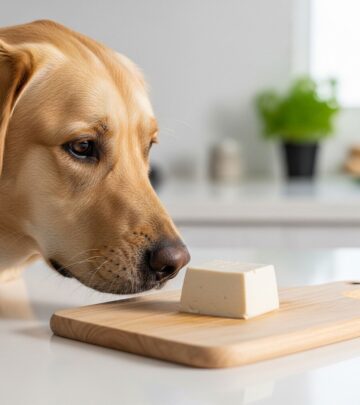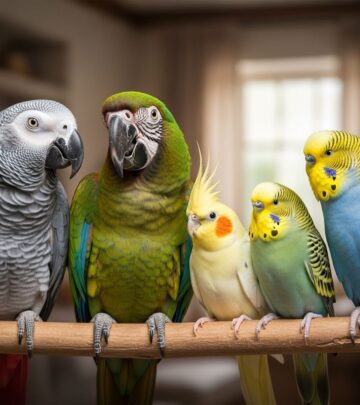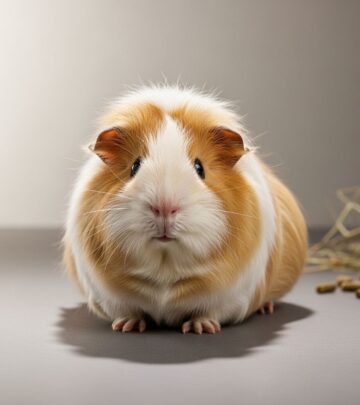Can Dogs Eat Bread? 6 Ingredients To Avoid For Safe Treats
Is bread safe for your dog? Get expert insight on bread, nutrition, risks, and safe serving practices for dogs.
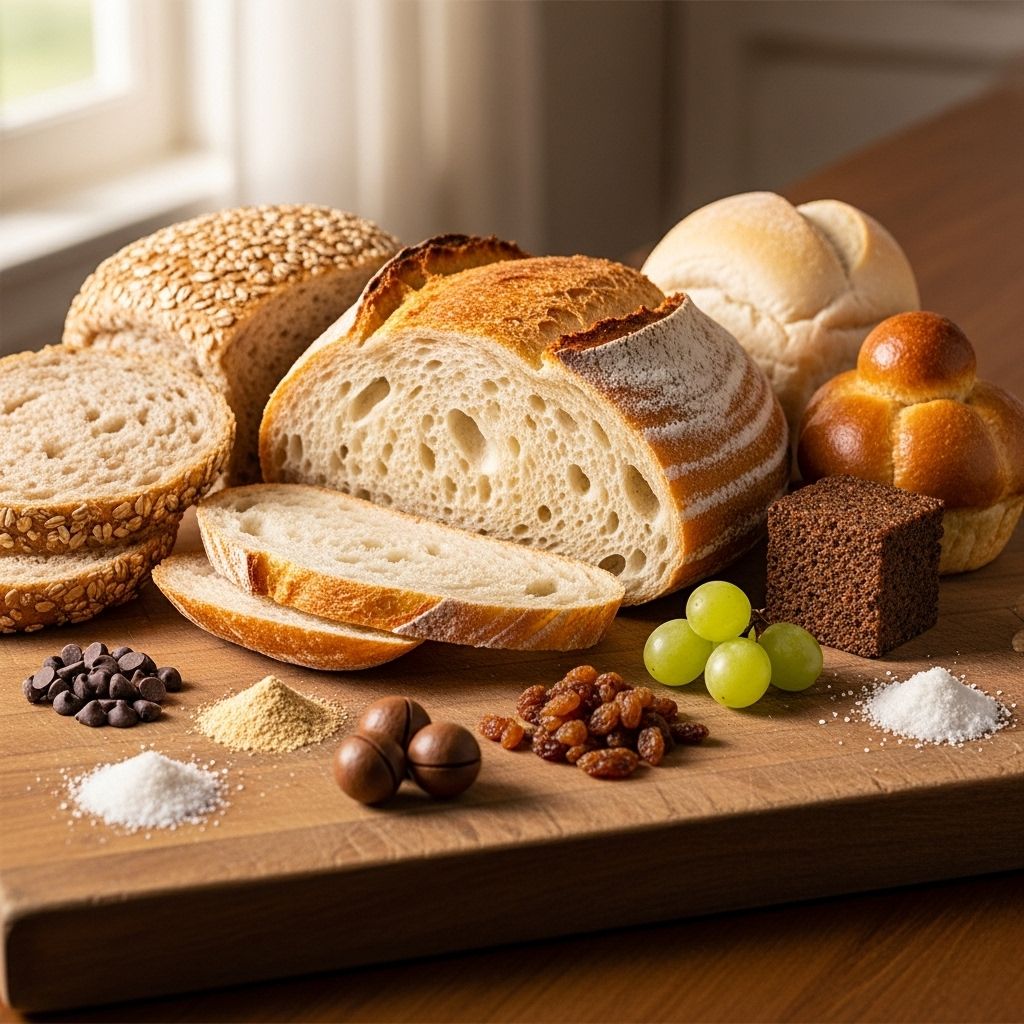
Image: HearthJunction Design Team
Can Dogs Eat Bread?
Bread is found in nearly every kitchen and makes an easy snack for people. But when those soulful canine eyes beg for a bite of your toast, it’s only natural to wonder if it’s safe to share. The answer is: yes, dogs can have bread in moderation, but with important caveats. Not all bread is created equal, and while plain bread is generally non-toxic, some varieties and ingredients can pose serious health threats to your dog.
Is Bread Safe for Dogs?
Plain, baked bread — such as white or whole wheat — is safe for most dogs when given in small quantities. However, it’s important to remember that bread offers no essential nutrients to dogs and can be high in unnecessary carbohydrates and calories. Excessive consumption can lead to weight gain and related health issues. Homemade bread is a better choice than store-bought, which often contains preservatives and additives that offer no benefit to your pet and sometimes can be harmful.
- Safe in Small Amounts: Bread is non-toxic for most dogs when it is plain and fully baked.
- No Nutritional Benefit: Bread does not contribute vitamins, minerals, or other nutrients your dog requires.
- Calories Add Up: Bread is high in carbohydrates, so portion control is key, especially for overweight dogs.
Why Moderation Matters
Feeding your dog bread too often or in large quantities can contribute to obesity and other diet-related conditions. A small piece as a treat is fine, but bread should never become a significant portion of your dog’s regular diet.
Bread Ingredients That Are Unsafe for Dogs
Not all bread is created equal. While a simple, unsweetened, unseasoned piece of white or whole wheat bread is harmless, there are common bread ingredients that are dangerous and potentially toxic for dogs.
- Raisins: Extremely toxic and can cause kidney failure. Never give dogs raisin bread or any baked goods containing raisins.
- Garlic & Onions: Both are toxic to dogs and may cause gastrointestinal irritation and red blood cell damage.
- Seeds & Nuts: Some seeds (like poppy or sesame) and nuts (especially macadamia) can be harmful or even deadly. Even if not toxic, seeds and nuts can be a choking hazard or cause digestive blockages.
- Chocolate: Bread or baked goods with chocolate contain theobromine and caffeine, both toxic to dogs.
- Xylitol: This popular sugar substitute is highly toxic, causing life-threatening hypoglycemia and liver failure.
- Spices & Herbs: Nutmeg, certain herbs, and even large quantities of cinnamon can cause health issues.
Always check the ingredient list before sharing any bread or baked good with your pup. When in doubt, stick to simple, plain bread and offer only as an occasional treat.
Bread Types: Safe vs. Unsafe
| Bread Type | Safe for Dogs? | Notes |
|---|---|---|
| Plain White Bread | Yes | Safe in small amounts, fully baked, no add-ins. |
| Whole Wheat Bread | Yes | Safe in moderation; healthier than white but still no major nutritional benefit. |
| Bread with Raisins | No | Raisins are highly toxic to dogs. |
| Garlic Bread | No | Garlic is toxic and can harm red blood cells. |
| Seeded Bread | No | Seeds/nuts may be toxic or cause blockages. |
| Sourdough Bread | No (not recommended) | May cause digestive upset; more acidic. |
| Bread Dough (Raw) | No | Raw dough can expand and release toxic ethanol in the stomach. |
| Bread with Xylitol or Artificial Sweeteners | No | Xylitol is extremely toxic and potentially fatal. |
| Bread with Chocolate | No | Chocolate is toxic to all dogs. |
Potential Health Risks of Feeding Bread to Dogs
- Allergic Reactions: Some dogs have grain or wheat allergies, which can cause skin irritation, ear infections, or gastrointestinal upset. If your dog has sensitivities to wheat or gluten, avoid bread entirely.
- Obesity: Bread is calorie-dense and can easily lead to unwanted weight gain if given regularly or in large quantities.
- Gastrointestinal Upset: Too much bread may cause bloating, stomach pain, or changes in stool consistency. Dogs with sensitive stomachs may be especially prone to digestive upset.
- Toxicity: As highlighted, certain bread ingredients can be toxically dangerous, even in small amounts.
- Raw Dough Dangers: Uncooked yeast dough can expand in the stomach, causing bloat and possibly releasing alcohol, leading to ethanol poisoning — both are medical emergencies.
How Much Bread Can Dogs Eat?
A tiny piece of bread is generally sufficient for a dog-sized treat. Bread should never make up a significant part of your dog’s diet, and you should factor in the calories when deciding on treat portions. For example, giving a crust or a small chunk from a roll is fine, but a full slice is too much for most dogs. If your dog is overweight or has health concerns such as diabetes, avoid bread entirely.
- Small dogs: A bite-sized piece or half a crust.
- Medium dogs: Up to a small crust or a quarter of a slice.
- Large dogs: A small piece or crust, no more than a quarter or third of a slice.
Nutritional Value of Bread for Dogs
Bread is mostly carbohydrates and offers very limited nutrition for dogs. While some breads contain modest amounts of fiber and protein, these do not outweigh the high caloric load and lack of essential vitamins or minerals that your dog requires in their diet. Commercial dog foods already contain the grains and nutrients necessary for canine health, so bread adds nothing substantial.
Alternatives to Feeding Bread
- Healthy dog treats: Opt for treats specifically formulated for canine nutrition.
- Fruits and vegetables: Offer dog-safe produce such as carrots, green beans, peeled apple slices, or blueberries for a low-calorie snack.
- Lean proteins: Tiny bits of plain, cooked chicken or turkey can be a tastier reward and provide more value.
Bread and Special Circumstances: Peanut Butter, Toast, and More
Can Dogs Eat Bread and Peanut Butter?
A small amount of unsalted, xylitol-free peanut butter on plain bread can be a safe and tasty treat for most dogs not allergic to peanuts or bread ingredients. Always check both ingredients for additives or harmful substances.
What About Toast?
Plain, unbuttered toast is just as safe as regular bread, but watch out for toppings. Butter, jam, or spreads may be high in fat or sugar and offer no benefit — and in the case of some sugar substitutes, pose real danger.
Bread as a Vehicle for Medication
Bread can be a handy way to hide pills or supplements for dogs that resist medication. Use only small pieces and ensure no harmful ingredients are present.
What to Do If Your Dog Eats Problematic Bread
If your dog manages to eat bread containing toxic ingredients (such as raisins, garlic, chocolate, or xylitol), seek veterinary help immediately. Call your vet or an animal poison control hotline for urgent advice. Symptoms of toxicity can vary but may include vomiting, diarrhea, weakness, tremors, or even collapse.
General Guidelines for Feeding Bread to Dogs
- Only give small amounts of plain, fully baked bread.
- Avoid all bread containing raisins, garlic, onion, nuts, seeds, chocolate, or artificial sweeteners.
- Never give raw bread dough.
- Check bread for allergy triggers if your dog has food sensitivities.
- Use bread as a rare treat, not a dietary staple.
- Monitor your dog’s weight and overall health when introducing any new treats.
Frequently Asked Questions (FAQs)
Q: Can dogs have gluten-free bread?
Most gluten-free breads are safe if they do not contain xylitol, raisins, garlic, or other harmful ingredients. However, they offer no special nutritional advantage over plain wheat bread for dogs.
Q: Is it bad if my dog ate a piece of sandwich or burger bun?
If it was plain, the risk is low, but check for condiments, pickles, onions, or spices, all of which may cause digestive upset or harm.
Q: Can bread help with my dog’s upset stomach?
Some owners use small amounts of plain bread for minor stomach upset, but this is not a veterinary-endorsed solution. For digestive issues, consult your veterinarian for the best treatment and diet.
Q: Are there any breads that are good for dogs?
Bread is not necessary or particularly beneficial for dogs. If you want to offer a grain-based treat, some homemade dog biscuits made from whole grains and free from toxic ingredients are a better choice.
Q: How quickly should I react if my dog eats bread dough?
Immediately! Raw dough can quickly expand and ferment in the stomach, causing bloat and ethanol poisoning, which are medical emergencies. Seek veterinary attention right away.
Conclusion
Bread is not toxic to dogs when plain, baked, and offered in moderation. However, it is not a healthy addition to their diet and should be offered only as an occasional treat. Be vigilant about toxic ingredients commonly found in bread, such as raisins, garlic, xylitol, seeds, and chocolate. As always, your veterinarian remains your best resource for dietary advice and guidance regarding human foods and your dog’s health.
References
- https://www.akc.org/expert-advice/nutrition/human-foods-dogs-can-and-cant-eat/
- https://www.akc.org/expert-advice/nutrition/wheat-in-dog-food-what-you-need-to-know/
- https://spotpet.com/blog/dog-tips/can-dogs-eat-bread
- https://www.purina-arabia.com/articles/dogs/feeding/what-dogs-eat/can-dogs-eat-bread
- https://wellbeloved.com/blogs/dog-health/can-dogs-eat-bread/
Read full bio of Anjali Sayee


